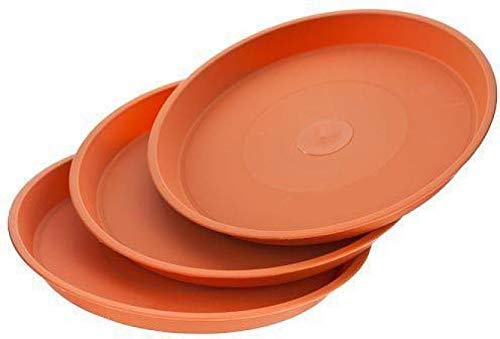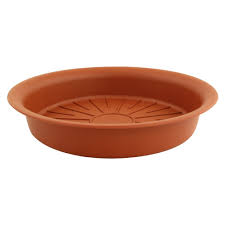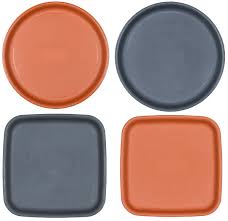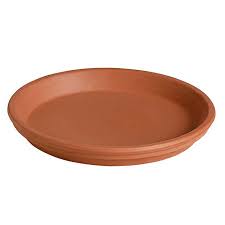Pot plates, also known as pot baffles or pot holders, are devices used in distillation columns or vessels to enhance separation efficiency and prevent unwanted mixing of fluids. They are commonly used in industrial processes and chemical engineering applications. Here is a detailed explanation of pot plates: Function: Pot plates serve two main functions in a distillation column or vessel:
1. Vapor-Liquid Separation: The primary function of pot plates is to facilitate the separation of vapor and liquid phases. They help maintain good contact between the rising vapor and the descending liquid, allowing for efficient mass transfer and separation of components.
2. Vapor Distribution: Pot plates also aid in the uniform distribution of vapor across the column or vessel cross-section. They help prevent preferential flow paths and ensure that vapor is evenly distributed, leading to better separation and reduced risk of channeling.
Design and Construction: Pot plates are typically installed at regular intervals along the height of a distillation column or vessel. The number and spacing of pot plates depend on the specific application and desired separation efficiency.
The design of pot plates may vary, but they commonly consist of a perforated plate or a tray with holes or slots. These openings allow vapor to pass through while supporting the liquid phase on the plate. The plate may also have downcomers or weirs that help direct the liquid flow to the plate below.
Types of Pot Plates: Several types of pot plates exist, and the selection depends on the specific requirements of the separation process. Some commonly used pot plate designs include:
1. Sieve Trays: Sieve trays consist of perforated plates with closely spaced holes. They provide good vapor-liquid contact and allow the liquid to flow through the tray.
2. Valve Trays: Valve trays are similar to sieve trays but have additional valves or movable caps on the tray surface. These valves open or close based on vapor and liquid flow rates, enhancing the performance of the tray.
3. Bubble Cap Trays: Bubble cap trays have individual bubble caps on the tray surface. These caps capture rising vapor and create localized liquid agitation, promoting better separation.
4. Dualflow Trays: Dualflow trays feature alternate regions for vapor and liquid flow. They help create a more balanced flow pattern and enhance separation efficiency.
5. Other Designs: Various other designs, such as perforated plates with downcomers or weir plates, may be used depending on specific process requirements.
Benefits and Considerations: The use of pot plates offers several benefits in distillation processes:
Improved Separation Efficiency: Pot plates enhance separation efficiency by increasing the contact surface area between vapor and liquid phases, allowing for better mass transfer.
Reduced Channeling: Pot plates distribute vapor and liquid more evenly across the column or vessel, minimizing the risk of channeling, where the fluid preferentially flows through specific pathways.
Flexibility and Scalability: Pot plates can be customized and scaled based on the specific process requirements, allowing for adaptability in different applications.
Sieve Trays: Sieve trays consist of perforated plates with closely spaced holes. They provide good vapor-liquid contact and allow the liquid to flow through the tray, facilitating efficient separation. b. Valve Trays: Valve trays are similar to sieve trays, but they incorporate additional valves or movable caps on the tray surface. These valves open or close based on vapor and liquid flow rates, optimizing tray performance and enhancing separation efficiency. c. Bubble Cap Trays: Bubble cap trays feature individual bubble caps on the tray surface. These caps capture rising vapor, creating localized liquid agitation and promoting better separation of components. d. Dualflow Trays: Dualflow trays utilize alternate regions for vapor and liquid flow. This design helps create a more balanced flow pattern, reducing the risk of channeling and improving separation efficiency. e. Other Designs: Various other pot plate designs exist, such as perforated plates with downcomers or weir plates. The selection of a specific pot plate design depends on the specific process requirements and desired performance outcomes. It is important to consider factors such as vapor and liquid flow rates, separation efficiency, column height, and the properties of the fluids being processed when selecting pot plates for a distillation system. In conclusion, pot plates significantly contribute to the success of distillation processes by facilitating vapor-liquid separation and ensuring uniform vapor distribution. They enhance separation efficiency, minimize channeling, and help optimize the performance of distillation columns or vessels in various industrial applications. The selection of pot plates depends on the specific process requirements and careful consideration of fluid dynamics and mass transfer principles.
Pot plates also play a crucial role in distributing vapor evenly across the cross-sectional area of the distillation column or vessel. Uniform vapor distribution is essential to prevent preferential flow paths, known as channeling, which can result in reduced separation efficiency. The pot plates aid in vapor distribution in the following ways: a. Openings and Flow Distribution: The design of pot plates incorporates openings such as holes, slots, or perforations. These openings facilitate the passage of vapor through the plate while providing support to the liquid phase. They help distribute the vapor evenly across the column or vessel, minimizing the risk of uneven flow patterns. b. Downcomers or Weirs: Some pot plate designs feature downcomers or weirs that assist in directing the liquid flow from one plate to the plate below. These structures help regulate liquid distribution and maintain a balanced flow between plates. c. Flow Obstacles: The presence of pot plates introduces physical obstacles to the upward flow of vapor. These obstacles help disrupt any preferential flow paths, ensuring that vapor is distributed more uniformly throughout the column or vessel.
When designing or selecting pot plates, factors such as vapor and liquid flow rates, desired separation efficiency, and the properties of the fluids being processed need to be considered.
In summary, pot plates play a crucial role in distillation processes by facilitating vapor-liquid separation and ensuring uniform vapor distribution. They improve separation efficiency, reduce channeling, and contribute to the overall performance of distillation columns or vessels in various industrial applications.
Sieve Trays Pot Plates
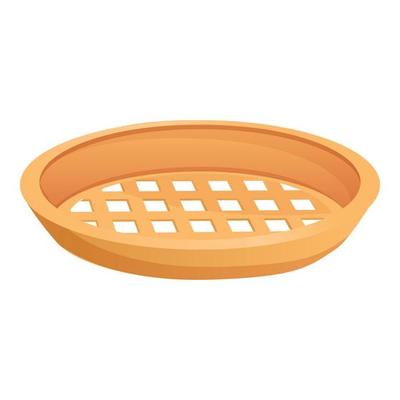
Valve Trays Pot Plates
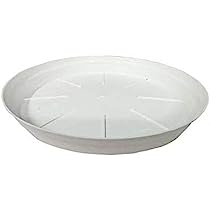
Bubble Cap Trays Pot Plates
Other Pot Plates
